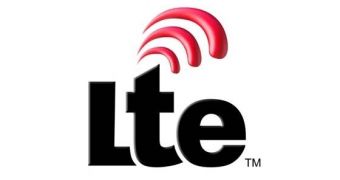It is widely known that mobile phone carriers around the world have already started to work on the deployment of next-generation LTE networks, a 4G technology, which come as an upgrade for the currently existing 3G ones. It seems that most of these deployments will use the 2,600 MHz band, at least this is what Strategy Analytics forecasts that will happen, while also stating that it will create new opportunities for mobile phone vendors.
The firm also says that there will be a great number of deployments that will be made on the sub-1,000 MHz frequencies, including those coming from major carriers like Verizon in the US, yet these roll-outs will only account for about one third of the total number of LTE deployments all around the globe.
“This drive to move swiftly toward LTE in multiple frequency bands creates opportunities for manufacturers. For example, Verizon is looking at deploying LTE commercially at 700 MHz by early 2010, which will require manufacturers of wireless data-cards, USB modems and embedded terminals to come up with new designs quickly,” states Stephen Entwistle, vice president of the Strategy Analytics Strategic Technologies Practice.
On the other hand, it seems that the exact spectrum that will be made available with LTE networks is still unknown, yet mobile phone carriers have showed a great interest in the technology. According to the news, the vast majority of operators in Western Europe have focused on the 2,600 MHz frequency, as it seems able to offer the greatest opportunity for swift and effective deployment.
According to Christopher Taylor, director of the RF and Wireless Components Strategies, “To maximize performance for LTE and provide a better match to existing 2G and 3G cell sizes, we expect operators to install upgrade equipment such as Remote Radio Heads (RRHs) to existing infrastructure, creating demand for new RF components. For example, multi-band RRHs may create opportunities for gallium nitride RF power transistors, which can provide high performance and efficiency in compact, lightweight modules and subsystems, particularly above 2 GHz.”

 14 DAY TRIAL //
14 DAY TRIAL //